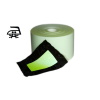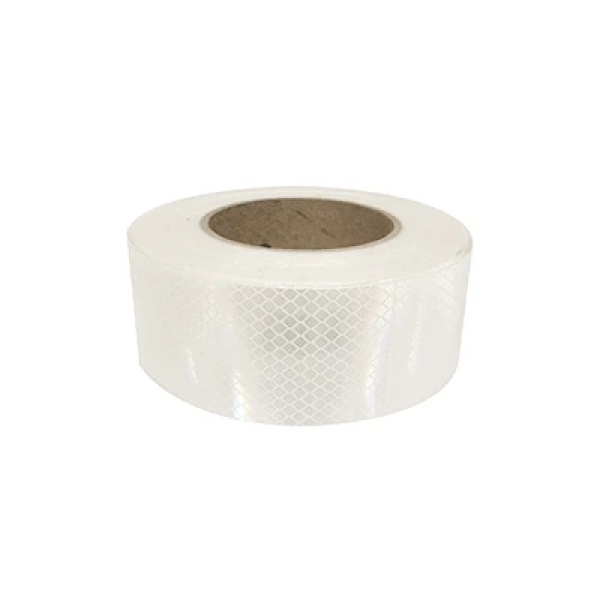2″ x 45′ 3M 8787 Heat Transfer Reflective Tape – Silver
$66.00
2″ x 45′ 3M Heat Transfer (iron-on) Reflective Tape – Silver – 3M 8787. 3M heat-transfer (iron-on) silver tape reflects bright white at night.
Fluorescent colours are not as bright but offer great daytime conspicuity in foggy conditions.
These tapes are absolutely great for T-shirts and can easily be cut into shapes and stripes and be arranged to form patterns and images.
They are easily die-cut with common die-cutters shapes found at craft stores.
3M heat-transfer tapes bond exceptionally well to nearly any porous or semi-porous material by penetrating into the fabric
They stretch with the material and are so light weight you’ll barely feel their presence, and they are home machine washable (105ºF) and dryable.
Note: May not bond well to waterproof material – see instructions and also specifications
In stock












